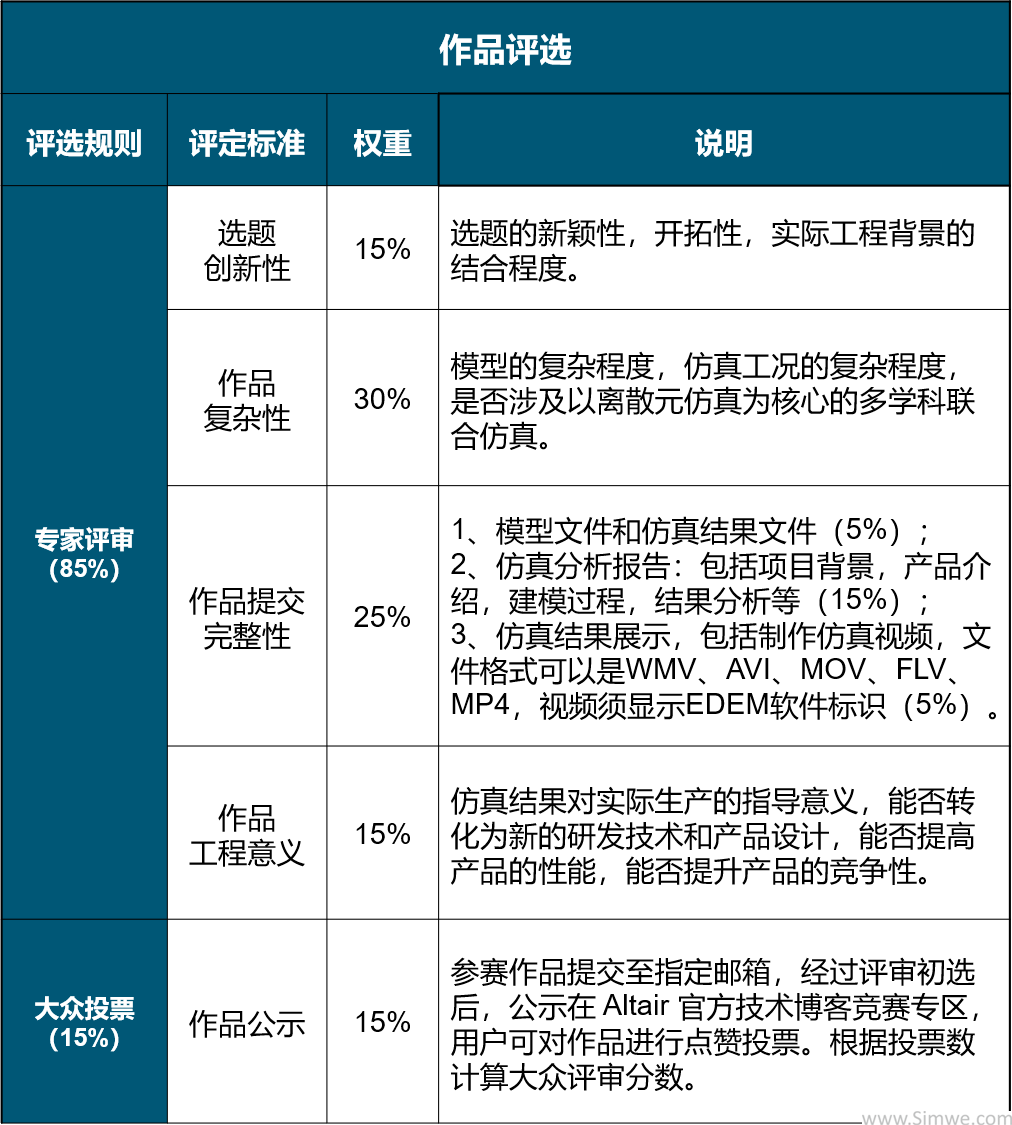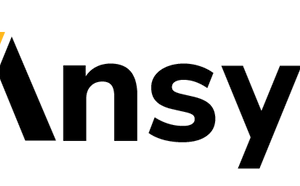结构力学方面
Complex 3-D Composites Shapes
You can easily create 3-D layered composites from complex geometry and conveniently combine such models with noncomposites parts in global assemblies. The capability in ANSYS Mechanical consumes solid composites from ANSYS Composite PrepPost for further analysis; in explicit dynamics, enables modeling composites created with Composite PrepPost; in Mechanical, allows you to assemble multiple upstream meshes coming from Composite PrepPost and mechanical model sources; and the ability to post-process the result in Composite PrepPost.
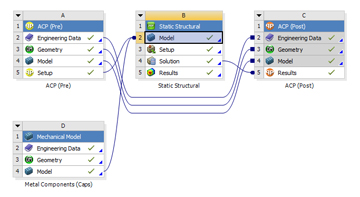
Typical workflow for setup of assemblies of composites and noncomposites models
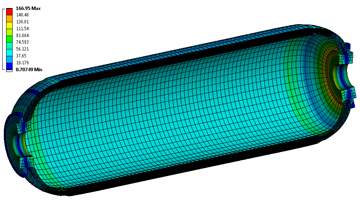
Global stress results on composites pressure vessel

Composites pressure vessel with titanium caps

Customization of Processes
The Application Customization Toolkit (ACT) enables you to create your own loads, boundary conditions or results within the Mechanical environments and expose existing scripts in a user-friendly environment. Your team can use the Mechanical environment to integrate in-house solutions into its simulation workflow.

Crack Modeling
ANSYS 14.5 introduces a user-friendly crack modeling tool that allows computation of crack characteristics, such as stress intensity factors, energy release rates and J-Integrals. In a Mechanical model, a crack can be inserted after the meshing operations. The available shape is an ellipse with control over major and minor radius. A proper crack mesh is then automatically introduced in the model and subsequent analyses include the crack. You can eventually combine submodeling with crack analysis.
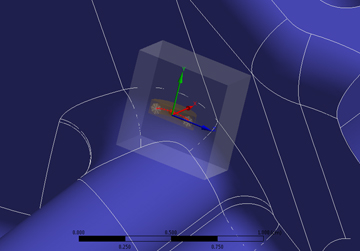
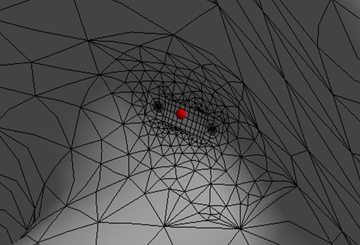
Insertion of crack in a geometry: geometric definition (top) and resulting mesh (bottom)
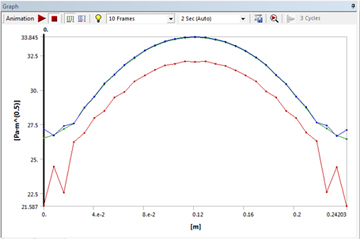
Stress Intensity factor plot in ANSYS Mechanical

Mapped Boundary Conditions from External Files
The mapping function provides parallel capabilities that lead to a speedup factor of six to seven. In addition, you can map more data, including forces and displacements. The technology provides a parallel implementation of the Kriging mapping. Additional improvements include the ability to access archive cdb files to use the element shape function to improve results interpolation.
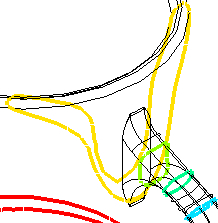
Controlling quality of mapping using isoline contours
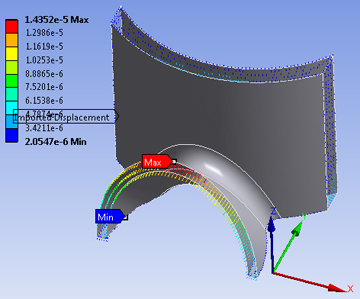
Mapping of displacements from external file

Streamlined Workflows
ANSYS 14.5 includes tools so that advanced users can better control their model; it also provides more flexibility in model setup. For example, cyclic symmetry analyses include remote points, point masses, thermal point masses, remote displacements, forces and moments. Constraint equations are also allowed. Force and moment reaction are available.
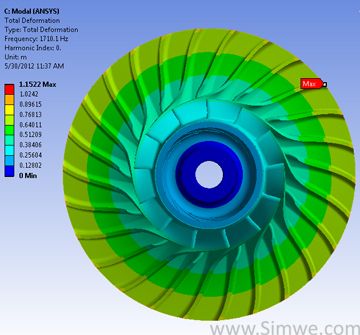
Results from modal cyclic symmetry analysis
Selection of nodes is available from a post-processing view. Reaction probes are available from surfaces defined as construction geometries. Sum of forces and moments are computed on the surface from a user-selected set of bodies. Reaction probes have been extended to springs, beams, remote points and mesh connections (useful for welding). Fluid pressure penetration results are available.

Detailed Control for Contact Models
The technology increases the control that users have over contact properties. You can define most of the contact properties as a function of many variables, even for multiphysics applications.
For contact, all real constants of contact elements support tabular definitions based on variations of time, temperature, contact pressure and gap/penetration. Advanced users can benefit from improved user-defined contact interactions and friction (including multiphysics). Real constants can be defined with user subroutines to create additional dependencies on additional parameters, such as penetration or state variables.
In terms of mechanisms, you can easily model clearances between shaft and bearing. This feature is available on spherical, general and bushing joint and defined by geometry dimensions (inner/outer radii, height). For efficiency and robustness, the clearance models do not use contact.
The release includes no-separation contact and a “forced-frictional sliding” contact, which is a simplified frictional contact without “sticking” state (resisting force).

Improved Robustness for Explicit Dynamics Solutions
Analysis setting includes a drop-down menu for selecting the analysis type to be run from four different options. Based on the selection, values used for time step calculation, mass scaling, precision, element type, limits, output controls and other parameters are preset for the user.

Thermomechanical Fatigue
You can consider reduction in product life from relatively constant high temperature as well as transient large thermal cycles with ANSYS nCode DesignLife. Multiple methods handle high temperature analysis solutions using stress life, strain life and other specialized methods for accurate damage assessment.

Large and Complex Model Performance
ANSYS Structural Mechanics introduce a number of tools at the UI level to help users simplify model setup by efficiently creating and navigating large amounts of simulation data. You can solve models more efficiently using parallel computation — especially GPU boards — and user-friendly submodeling techniques. The technology improves post-processing through faster displays and reduced results files size. Geometry import and manipulation are significantly improved, with import times reduced by a factor of roughly two to four.

Typical results file-size reduction with release 14.5
Setup tools include a tree filtering capability that allow you to filter the tree based on tags or names. A random colors option enables view of all loads and boundary conditions with a different color for each. Once a load, boundary condition or contact has been created, you can select a number of other geometric entities on which the load/BC/contact needs to be duplicated. Various options are available with respect to naming the duplicated loads or grouping of geometric entities. Connections can be duplicated in the same manner; a connection worksheet presents all or part of the contacts and connections in an entire assembly in a matrix form.
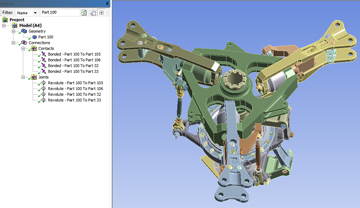
Filtering items in simulation tree
Solving includes generalized support of the fast iterative PCG solver for joints. A remote solve file management/performance improvement offers a results file combination so users can combine results file to post-process while a simulation continues, or for downstream analyses or archive purposes. Combining files is often significantly faster (up to 10 times), particularly on systems running Microsoft Windows.
Submodeling has become a native ANSYS Workbench capability, allowing zooming in on a design’s critical portions to improve results accuracy locally, without the need for a fine mesh on entire assemblies. Submodeling works for linear and nonlinear analyses, and it includes the ability to import temperature fields.
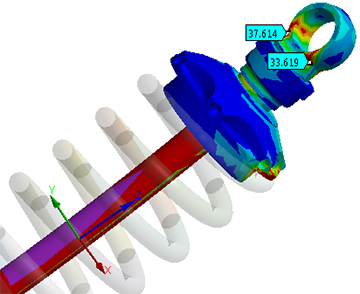
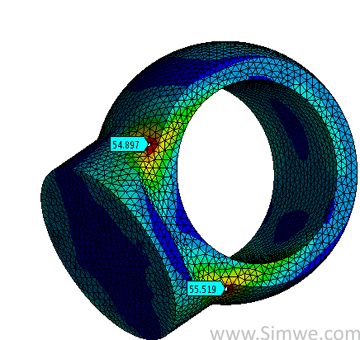
Submodeling analysis: coarse (top) and refined submodels (bottom)
HPC performance advancements include acceleration of job solution time with multiple GPUs, providing an increase in scalable performance versus use of a single GPU. Large models that exceeded the memory capacity of a single GPU and disallowed its use can now fit with multi-GPU memory and benefit from acceleration.
Faster radiation solving for thermal analyses increases speedup two to four times.
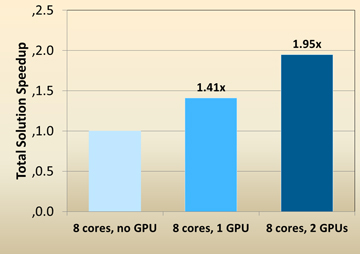
Increased speedup from using multiple GPU boards for a single simulation
In post-processing, on average, users will see a reduction of the results file’s size by a factor of two from using single precision storage. Many options control the amount of results that will be stored. Additional options are available for harmonic and transient analyses to store nodal reactions only at constrained nodes rather than on the full model.
Concerning performance of post-processing in mechanical for cyclic structures, users can see up to 60 percent additional speed in producing animations. A view management panel enables you to store predefined views and reuse them to quickly create similar views of any model.

